Potted Dwarf Meyer Lemon Help
KM
11 months ago
Featured Answer
Comments (28)
Related Discussions
Potted Dwarf Meyer Lemon tree stuck in a rut
Comments (8)Thanks for the replies folks. I do want to point out a few observations: 1) The tree was growing fine at the nursery. The problem with yellowing leaves started after I brought the plant home but before I had repotted it into a 15 gallon pot. I am not sure though if I watered it too much or too little during the 1 week it sat in its original pot in my backyard. 2) Regarding the need to fertilize it, I want to mention that I put in some bone meal near the bottom of the container and filled it until halfway point with 2 parts potting soil and 1 part compost; then potting soil for the remaining portion. Is this not good enough? I did add some Miracle Gro solution today based on the recommendations. 3) I recollect noticing that the soil in the original pot (from the nursery) seemed hard. I didn't break it beyond the periphery before repotting. Could this be affecting the roots? Would repotting again help? If so, what things could I do to make things better for my Meyer tree?...See MoreDwarf Meyers Lemon Tree Needs Help!
Comments (2)Mark, I suggest you delve deeper. The fact that you say they drain water out of the bottom almost immediately makes me wonder if the water is just going around the root ball and not really penetrating. The leaves turning yellow could even be a sign of overwatering. With your original method, you say the soil got a little dry between waterings, but this is just what is recommended for citrus. They don't like to be continuously wet. I think it would be helpful to remove the trees from the pots briefly, trying not to disturb the roots too much, and try to see what the soil is like in there. Is it dry as a bone in the center? Is it soggy wet? Are the roots white and healthy or brown and dead? Sniff it for rotten smells. Then you'll have more data to go on. Let us know what you find!...See MoreDwarf meyer lemon tree needs help
Comments (6)As Steve has mentioned your fertilizer is not ideal. It also appears as though your soil is retaining water, which is killer for Myers (which in my experience can be quite finicky in a pot). I would search the forum for 5:1:1 soil mixtures and repot the plant into this type of soil (which drains much better). Mixing sand into a potting soil mixture often complicates the drainage, and it is for these very reasons why so many folks on the forum are such supporters of 5:1:1 soil mixtures. As for your fertilizer, look up foilage pro and osmocote plus on the forum as well. Good luck! Zach...See Morehelp with dwarf Meyer lemon tree - indoors
Comments (3)Your big new branch appears to be a water sprout; I would prune it back to the general canopy level; it is a sign you are being too kind to your tree. Maybe next year the new branch will produce. Do not cut any of the flowers; if they make fruit, you can cut most at the size of BB or pea to give the tree more energy to put into growth....See Moreponcirusguy6b452xx
11 months agoKM
11 months agotapla (mid-Michigan, USDA z5b-6a)
11 months agoKM
11 months agoKen B Zone 7
11 months agotapla (mid-Michigan, USDA z5b-6a)
11 months agolast modified: 11 months agoLemon Lime Orange Zone 6a
11 months agoBen (Colorado, USDA Z5)
11 months agotapla (mid-Michigan, USDA z5b-6a)
11 months agoBen (Colorado, USDA Z5)
11 months agotapla (mid-Michigan, USDA z5b-6a)
11 months agoSharon z8b Texas
11 months agoBen (Colorado, USDA Z5)
11 months agoBen (Colorado, USDA Z5)
11 months agoSilica
11 months agotapla (mid-Michigan, USDA z5b-6a)
11 months agolast modified: 11 months agoBen (Colorado, USDA Z5)
11 months agoKM
11 months agoKen B Zone 7
11 months agoBen (Colorado, USDA Z5)
10 months agoBen (Colorado, USDA Z5)
10 months agotapla (mid-Michigan, USDA z5b-6a)
10 months agoBen (Colorado, USDA Z5)
10 months ago
Related Stories
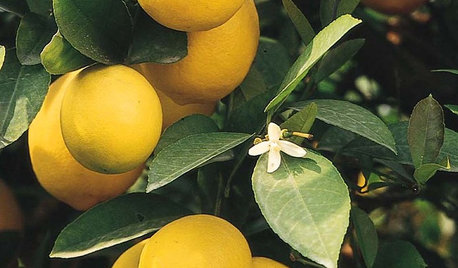
EDIBLE GARDENSThere’s a Lot to Love About a Meyer Lemon Tree
See how to grow this sweet fruit tree
Full Story
GARDENING GUIDESDwarf Citrus Trees Offer Miniature Size With Maximum Flavor
Find out how to grow the fruit you love in a smaller space
Full Story
SELLING YOUR HOUSEHelp for Selling Your Home Faster — and Maybe for More
Prep your home properly before you put it on the market. Learn what tasks are worth the money and the best pros for the jobs
Full Story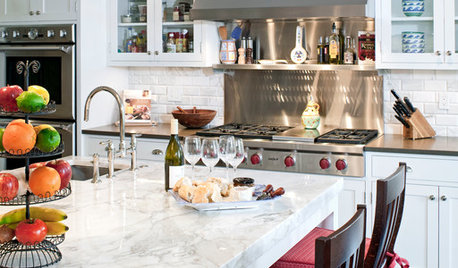
HOUSEKEEPING9 Kitchen Organizing Tips to Help You Waste Less Food
Follow these simple steps to maximize your budget and turn your good intentions into good habits
Full Story
GARDENING GUIDESHow to Keep Your Citrus Trees Well Fed and Healthy
Ripe for some citrus fertilizer know-how? This mini guide will help your lemon, orange and grapefruit trees flourish
Full Story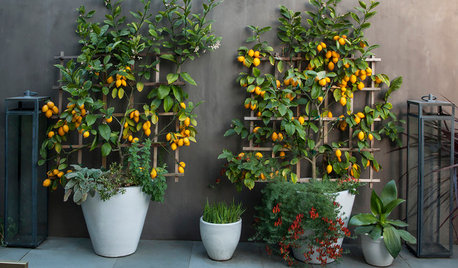
TREES10 Top Trees to Grow in Containers
These container-friendly trees make great specimens for pots on the patio or marking an entrance
Full Story
FARM YOUR YARDHow to Grow Vegetables in Containers
Get glorious vegetables and fruits on your patio with a pro’s guidance — including his personal recipe for potting mix
Full Story
EDIBLE GARDENS12 Essential Herbs for Your Edible Garden
Make home cooking and drinks even better with herbs plucked from your own backyard or windowsill pot
Full Story
FALL GARDENING5 Fall Fruits You Can Grow in Containers
Brighten your porch or patio with a potted pomegranate, kumquat, blueberry bush or another great fall fruit
Full Story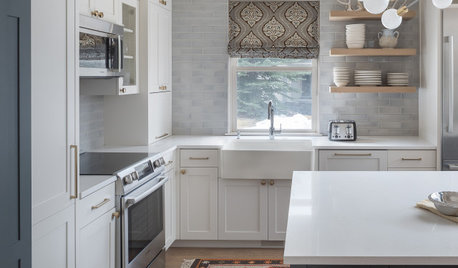
ORGANIZING7-Day Plan: Get a Spotless, Beautifully Organized Kitchen
Our weeklong plan will help you get your kitchen spick-and-span from top to bottom
Full StorySponsored
Leading Interior Designers in Columbus, Ohio & Ponte Vedra, Florida




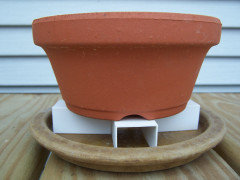
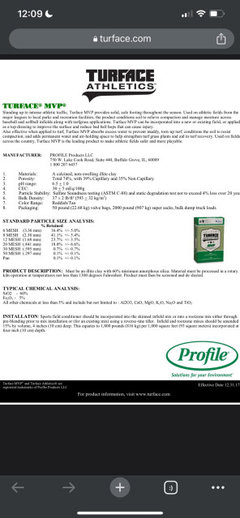
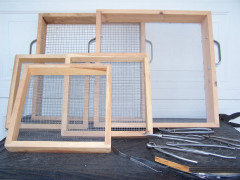
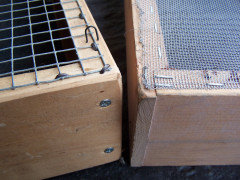


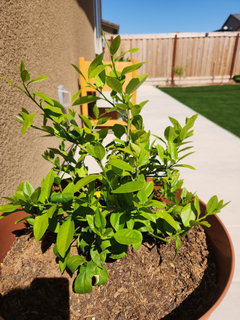
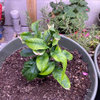
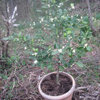
ken_adrian Adrian MI cold Z5